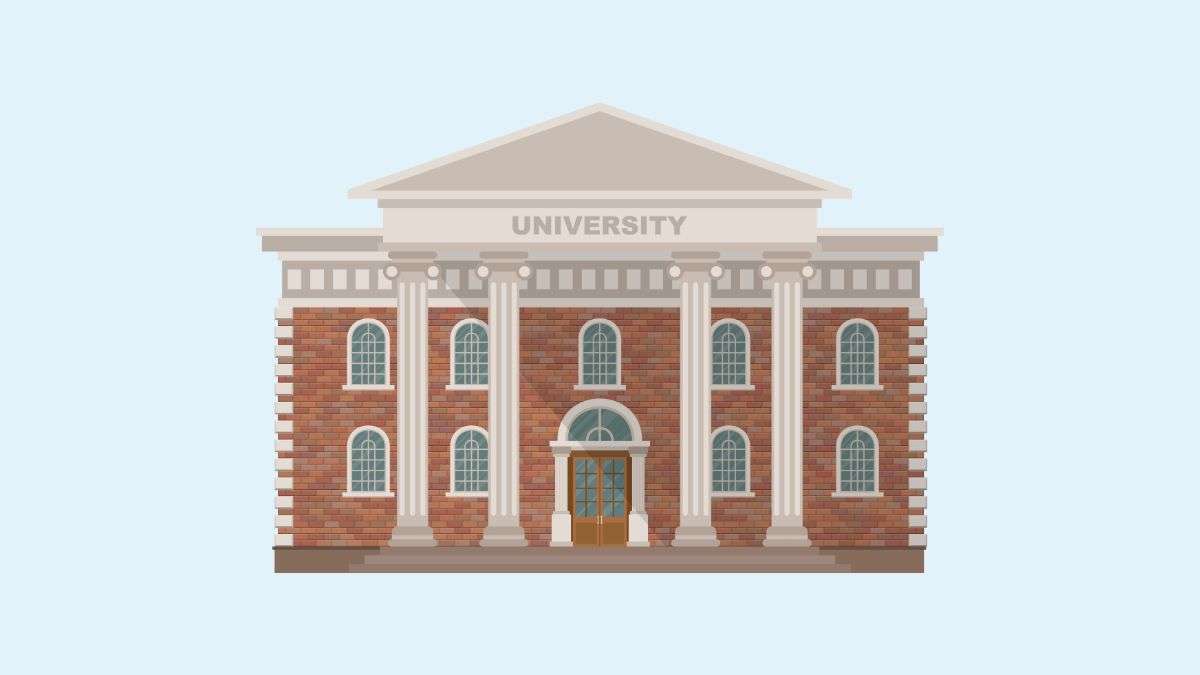Table of Contents
- Introduction
- How University Presses are Transitioning to Open Access Journals
- Charting a New Course with OAPEN Library and DOAB
- Funding Dilemmas in the Digital Age
- Exploring Innovative Funding Models
- Conclusion
Introduction
The article discusses how university presses are transitioning to open access. The economic repercussions for university presses of transitioning to open access are significant. As they shift away from relying on revenue from print sales and subscriptions, publishers must find new ways to fund operations. Many face declining budgets and increased pressure to cut costs. Without careful planning, the transition could threaten their financial sustainability.
The main economic impact is the loss of revenue from print sales and subscriptions. For decades, these have provided a steady income stream that covered a significant portion of university presses’ operating budgets. While open access has many benefits for increasing access to research, presses lose this vital revenue when content is available for free.
University presses must, therefore, find new funding sources to replace lost revenue. This often means relying more on external grants, partnerships, author processing charges, and institutional support. However, these sources provide less stable and predictable funding than print sales.
There are also significant transition costs. Publishers must invest in new systems and workflows to publish open access content. They may need more staff time to secure funding, market services, and provide author support. Without enough resources to cover these costs, presses can struggle financially.
In transitioning to open access, university presses face several critical challenges:
- University presses need strategies to cover costs when revenue declines, but expenses remain high during the transition period.
- Open access policies often mandate quick transitions, leaving presses little time to adapt their workflows and business models.
- Smaller presses catering to niche disciplines may lack the scale to sustain open access publishing without print revenue.
- There are concerns about the quality and prestige of open access publishing compared to traditional subscription journals.
To address these challenges, university presses can take several steps. They can explore new revenue streams, such as offering authors value-added services like editing, design, or marketing support. They can also seek external partnerships with institutions or organizations that provide financial support or share the costs of publishing open access content.
Additionally, university presses can collaborate with other presses or scholarly societies to reduce costs and increase efficiency. By sharing resources and expertise, presses can alleviate some of the financial burdens of open access publishing.
Furthermore, university presses can invest in marketing and promoting the value of their open access publications. By highlighting the rigorous peer review process, the diverse range of disciplines covered, and the accessibility of their content, presses can enhance their reputation and attract more authors and readers.
In conclusion, transitioning to open access presents economic challenges for university presses. However, with careful planning, exploration of new funding sources, collaboration, and effective marketing, presses can navigate this transition and ensure financial sustainability while increasing access to research.
How University Presses are Transitioning to Open Access Journals
The transition of university presses to open access journals is a multifaceted process encompassing financial model alterations, operational workflow adaptations, and outreach to scholarly communities.
Background context is pivotal to understanding this transition. Historically, university presses have operated on a model where revenue is derived primarily from printed material sales and journal subscriptions. This covered the costs of peer review, typesetting, printing, distribution, and other publishing services. Open access shifts the paradigm by making research freely available to the reader, eliminating the revenue generated from sales and subscriptions.
Step-by-step, here’s how the transition is occurring:
Development of Alternative Funding Models
To replace the traditional revenue streams, presses are implementing creative funding strategies. One common method is the introduction of Article Processing Charges (APCs), where authors or their institutions pay a fee upon acceptance of their articles to cover publication costs. However, this can hinder authors from low-resource institutions. Consequently, some open access models aim for fairness, such as ‘diamond’ or ‘platinum’ open access, where publishing costs are not shouldered by authors but by funding bodies or through subsidies.
External Support and Grants
University presses increasingly seek financial support from universities, research funders, and grants to subsidize open access publications. This can provide a buffer against the financial strains of the transition yet depends heavily on the external funding landscape, which can be variable and uncertain.
Cost Management
Cost-cutting measures, efficiency improvements, and reevaluation of expenditure are ongoing as university presses adapt to the new economic realities. Investments in digital infrastructure are essential to support open access content, and university presses are often required to scale down print-focused expenses and reallocate resources.
Transitional Frameworks
They are instigating transitional arrangements like “read-and-publish” deals, where subscription costs are combined with open access publishing costs in agreements with libraries or consortia. This gradual transition helps mitigate immediate financial loss while moving towards a fully open access model.
Enhanced Services and Partnerships
To provide value in a market where the content cannot be sold, presses offer additional services such as enhanced editing, marketing, or publishing support. Partnerships with academic institutions, other presses, and scholarly societies are also being formed to share costs, knowledge, and infrastructure.
Outreach and Advocacy
Education about the benefits of open access is critical. Presses are undertaking marketing initiatives to emphasize the quality and reach of their open access journals, such as touting rigorous peer-review processes and the broad dissemination of content. Establishing trust and prestige in their open access offerings is crucial to maintaining their reputation and attracting authors and readers.
In navigating these challenges and implementing the above steps, university presses are progressively moving towards a fully open access journal publishing model. This enables a broader dissemination of knowledge while ensuring the financial sustainability of the presses.
Charting a New Course with OAPEN Library and DOAB
Initiatives like the OAPEN Library and the Directory of Open Access Books (DOAB) are pivotal in transforming the academic publishing landscape. The OAPEN Library provides an online platform for open access books and aims to improve the visibility and discoverability of academic publications. DOAB serves as a comprehensive directory of open access academic books, indexing thousands of titles from hundreds of publishers.
By providing extensive catalogs of open access books, OAPEN and DOAB are making these publications far more discoverable. This expands readership and citation opportunities. These platforms also allow publishers to experiment with open access models and gain valuable data on usage and impact. Over time, this could motivate more presses to embrace open access publishing. Furthermore, the metadata aggregated by OAPEN and DOAB enables extensive analysis of open access book publishing patterns across subjects, publishers, funding models, and more.
A significant challenge with open access is developing sustainable funding models in the absence of print sales revenue. Platforms like OAPEN and DOAB help presses explore alternative funding options like institutional subsidies, crowdsourcing, and freemium models. These directories also provide usage statistics to quantify the outreach gains from open access, making the case for funding.
Additionally, their comprehensive indexing of titles addresses the discoverability challenges noted by open access critics. By tackling issues around sustainability and discoverability, OAPEN and DOAB present academia with a more appealing open access opportunity.
Funding Dilemmas in the Digital Age
As university presses transition to open access models, they face funding dilemmas from shifting consumer behaviors. With the rise of digital media, consumers increasingly expect content to be freely accessible online. This erodes the traditional print book sales revenue stream that previously sustained university press operations.
University presses have relied heavily on income from print books, but this is declining. This growing gap between publication output and sales highlights the funding dilemma presses face. There is also more competition today from free online content. Digital consumers are less willing to pay for materials when alternatives exist. This is problematic for university presses aiming to monetize online content. If consumers can readily access free digital materials in a given niche, they will be less inclined to pay for university press books in that area.
As consumer behaviors shift, innovative funding models are needed to sustain open access publishing. Possible solutions include library subsidies, freemium models combining free and paid content, author processing charges, and partnerships with external funding bodies. Embracing such models can help university presses adapt to the evolving digital landscape while advancing open access goals.
Exploring Innovative Funding Models
As university presses transition to open access publishing models, identifying sustainable funding solutions remains a key challenge. Traditional sources of revenue from print book and journal sales are diminishing, so presses must explore innovative funding models to support quality open access content.
One potential funding source could be increased subsidies and financial support from parent universities and institutions. As primary producers and disseminators of academic research, universities are vested in ensuring the publication system remains robust and accessible.
Forging partnerships between presses and academic libraries is another promising funding avenue. Libraries stand to benefit significantly from open access publishing and could contribute financially through various cooperative agreements.
Charging standardized APCs to authors is an established funding approach in open access journal publishing. This model could be expanded and adapted for open access book publishing as well, with adjustments to account for different production costs and value propositions.
University presses might consider freemium solutions, where basic open access content remains free to readers, but value-added premium services generate revenue streams. Supplementary options could include print-on-demand books, interactive online features, multimedia components, and more.
Consortium or membership models are also gaining traction, where groups of institutions collectively fund open access initiatives to which they subscribe. Crowdfunding campaigns could likewise garner reader support and engage broader communities.

Leveraging such multifaceted funding opportunities will be critical for presses in charting a sustainable course toward open access. Supporting quality scholarship and public access while remaining economically viable will require flexible, creative strategies.
Conclusion
We have delved into how university presses are transitioning to open access. As we have seen throughout this discussion, university presses face significant economic challenges in transitioning to open access models. Traditional revenue streams from print sales are threatened, even as dissemination of research to wider audiences is more possible than ever. Initiatives like open access journals, OAPEN Library, and DOAB are helping to chart a new, more open course for academic publishing. Yet sustainable funding models remain elusive.
The shifting dynamics of digital media and consumer behavior compound these funding dilemmas. As readers increasingly expect content to be freely accessible online, university presses must creatively adapt. Exploring innovative funding approaches, whether consortium models, crowdsourcing, or partnerships with libraries and research funders, is imperative.
The key summaries are:
- Transitioning to open access threatens traditional revenue streams for university presses based on print sales
- Initiatives like OAPEN and DOAB are helping to promote open access models, but funding challenges persist
- Shifting reader expectations and digital dynamics, as shown by Linchpin SEO, exacerbate economic pressures
- Innovative, sustainable funding models are needed to truly enable open access publishing by university presses
All key stakeholders must contribute to achieve the promise of open access for wider research dissemination. University presses should continue pioneering new funding approaches, whether consortium models, crowdsourcing campaigns, or creative partnerships. Libraries and research funders should provide financial support for open access initiatives. Policymakers can incentivize open models through research evaluation criteria. Most importantly, readers and authors should actively participate by supporting quality open access publications.
